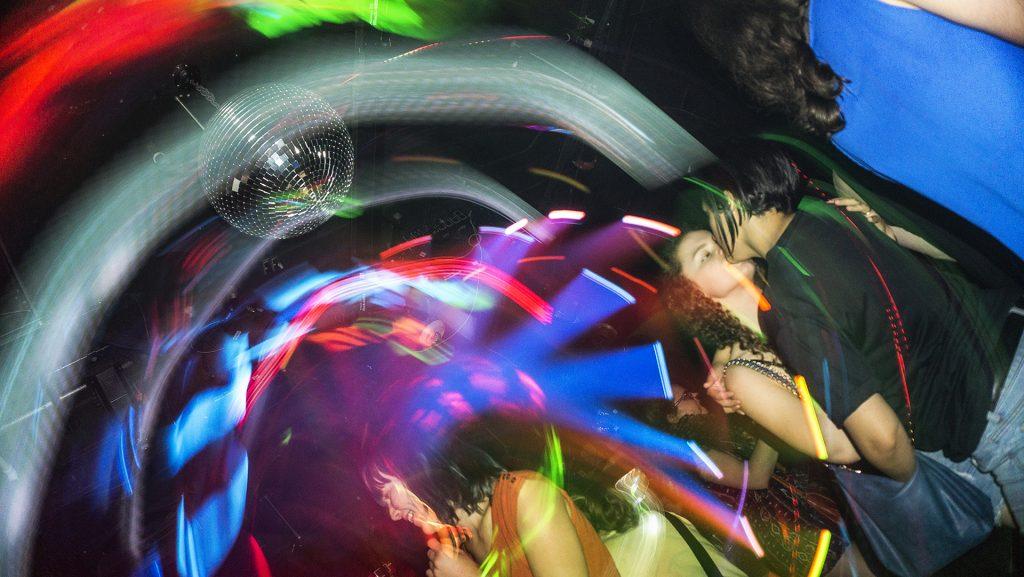As a man who both works as a bouncer and traverses the bar scene quite often, a problem I see a lot is when people are upset because they are hit on by people they are not sexually attracted to.
While I don’t encounter this problem a lot as a bisexual man, I have of friends who say that this fact alone makes the bars uncomfortable for them.
For example, gay women inform me that they hate when straight men hit on them. And that goes both ways; a gay man once told me he never approaches other men at the bar because he doesn’t know if they are gay or straight.
I found a solution to this problem after attending a leather subculture event. At the event, individuals wore handkerchiefs that described what kind of sexual activities and roles they enjoyed. It was completely optional, but it was a good way of alleviating that first awkward conversation and helped individuals to find people with compatible interests.
I thought that this technique could be implemented in everyday gay-bar culture. Most bars already make people wear wristbands to get in and out of bars, so all they would need to do is color coordinate them to signify a person’s interest.
The different wristbands could signify if a person is single or partnered, straight or on the LGBTQ+ spectrum, and other preferences as well, such as if they’re open to flirting.
While it definitely should not be required for everyone, this approach would be helpful for those who want it.
RELATED: In Their Own Words: LGBTQ inclusion in Iowa City
Wristbands depicting sexuality are problematic
By Nichole Shaw
nichole-shaw@uiowa.edu
A consistent occurrence at gay clubs or bars is the question of sexual orientation. While some may think this is awkward or uncomfortable, I think it is normal and something everyone should experience or grapple with. People can either agree to dance or talk with you, or they can say they’re not interested. Some have come up with solutions, though, such as the leather subculture — a culture that designates certain styles of dress around sexual activities and fetishes to distinguish themselves from other mainstream sexual cultures.
While I respect this subculture’s aim to make things less awkward for those wanting to establish a relationship with another, whether that be sexual or not, I also think it is unnecessary for gay clubs and bars.
By implementing a standard for individuals at a club or bar to wear wristbands symbolizing their sexuality, these establishments can pressure people to out or label themselves. This standard would ultimately be more uncomfortable for people to be pressured into, rather than dealing with the direct question of if they’re interested or not. Even if the wristbands were made to be an optional clothing accessory, those not wearing them might feel self-conscious and anxious about their lack of identification; this could encourage them to avoid going out to a specific club or mingling with others in that community.
Some people might not be ready to label themselves just yet, while others might not even know what label they want, if any. Despite good intentions of the leather subculture to eliminate so-called “awkward” encounters, this idea should not be applied to gay clubs and bars. Implementing sexuality-defining wristbands at a place where everyone is supposed to feel welcome could be not only be uncomfortable but also harmful to a person’s self-image, inducing anxiety from the pressure of labels.



